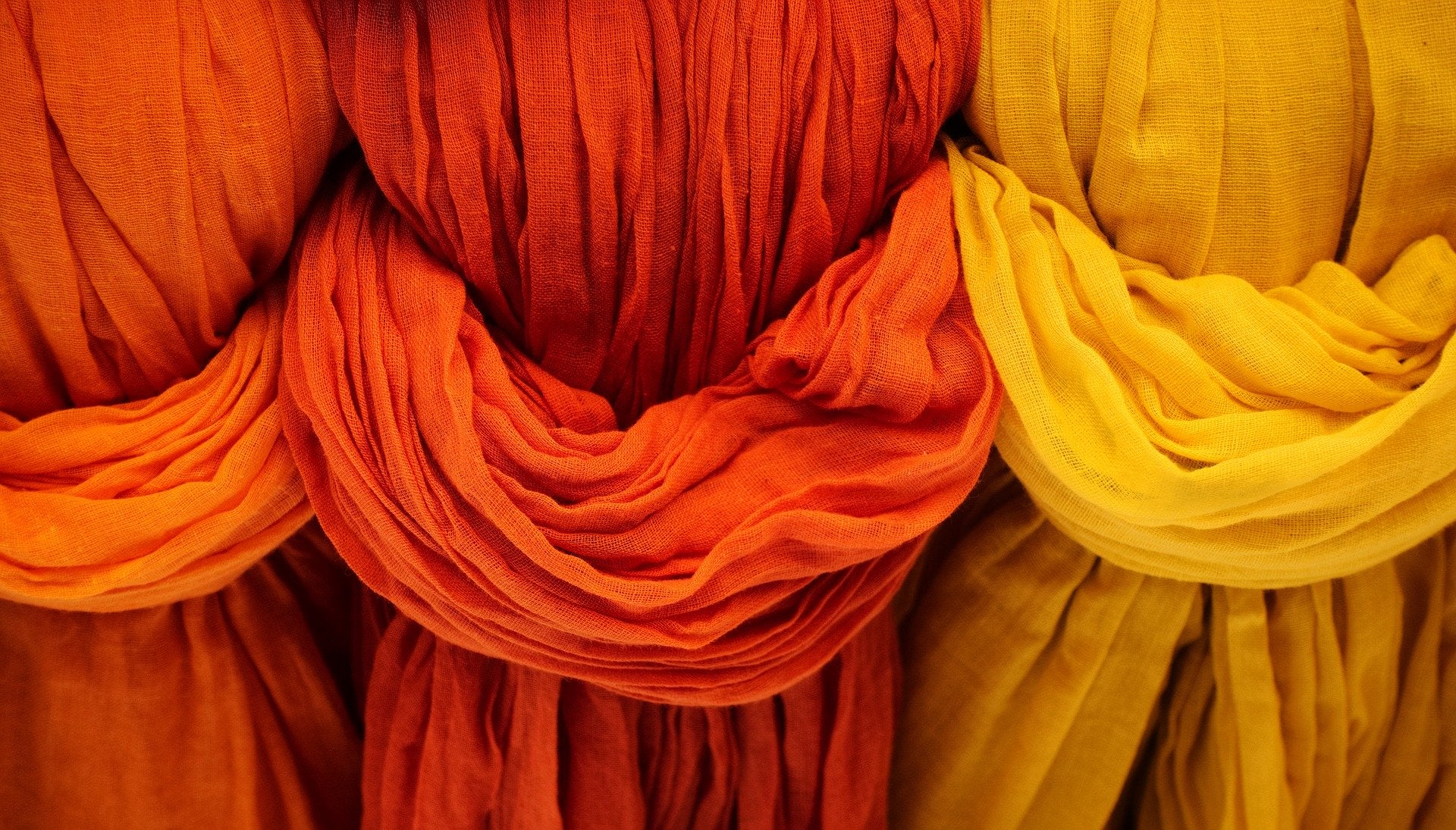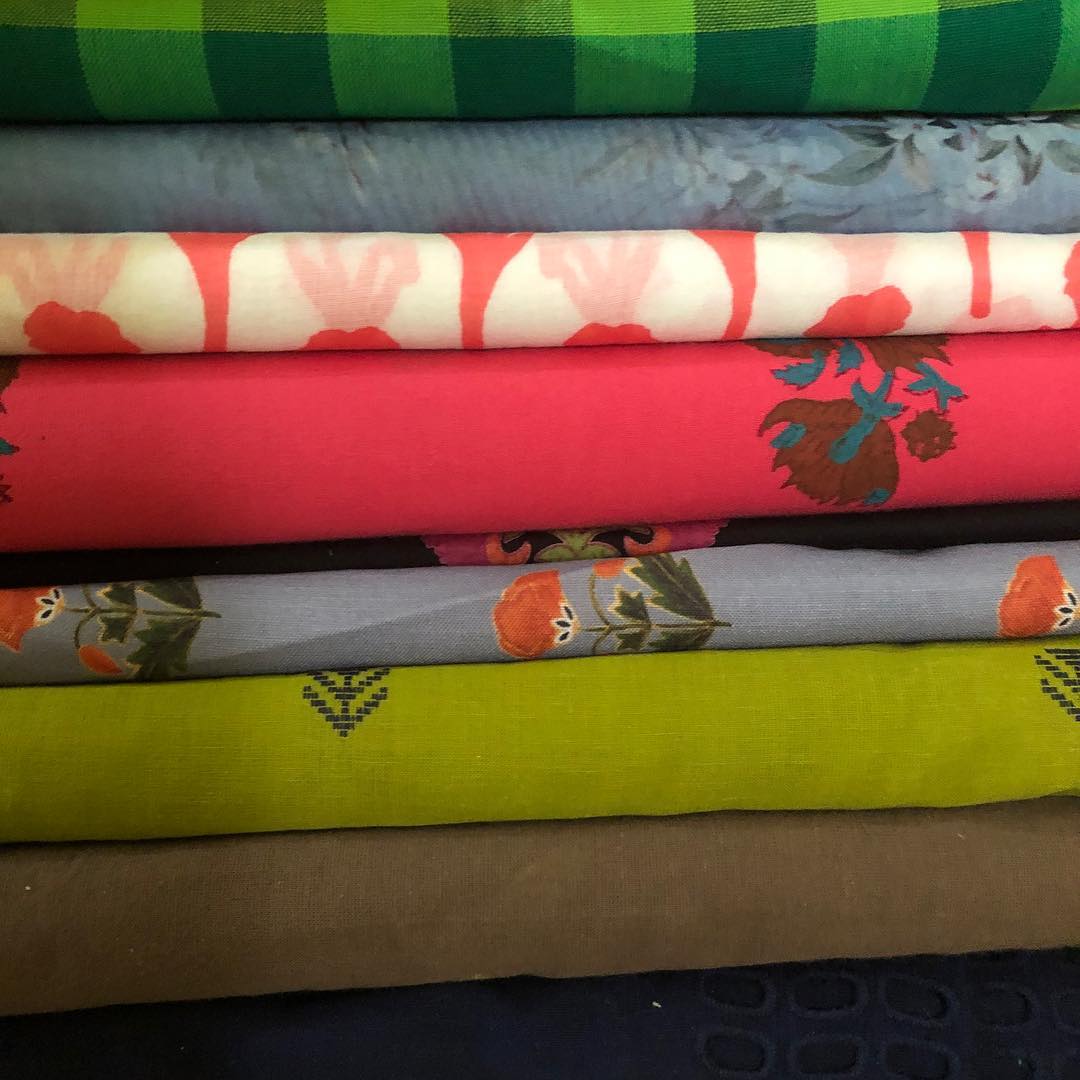Dyeing is the process of adding colors to yarn, fiber or fabric, every textile product has a unique way of dyeing.
The primary source of dye, historically, has been nature, with the dyes being extracted from animals or plants. Since the mid-19th century, however, humans have produced artificial dyes to achieve a broader range of colors and to render the dyes more stable to washing and general use. Different classes of dyes are used for different types of fiber and at different stages of the textile production process, from loose fibers through yarn and cloth to complete garments.
Acrylic fibers are dyed with basic dyes, while nylon and protein fibers such as wool and silk are dyed with acid dyes, and polyester yarn is dyed with disperse dyes. Cotton is dyed with a range of dye types, including vat dyes, and modern synthetic reactive and direct dyes.
Selection of the appropriate dye is important because any given dye is not applicable on every type of fiber. Furthermore, resistance to washing, rubbing and light differ among dyes. The choice of dye depends on the objective in dyeing and which material is to be dyed. For example, indigo dyes have poor wash and rubbing fastness on denim (cotton), so they are used to produce washed-down effects on that fabric. In contrast, vat or reactive dyes applied on cotton to achieve excellent washing fastness.
At Akrithi, we are doing hand dye process to color the fabric, it’s done by expert workers.
Our workers are expert in matching the colors and we match the colors using the Telephone shade card or Pantone shade cards(pantone.com). We use only azo free dyes as these are skin friendly
We do modern dyeing process like Tie & Dye, Shibori etc. Tie-dye is a colorful pattern used on clothing. It is made by tying a piece of clothing into a tight bundle, and then dyeing it with various colors.


